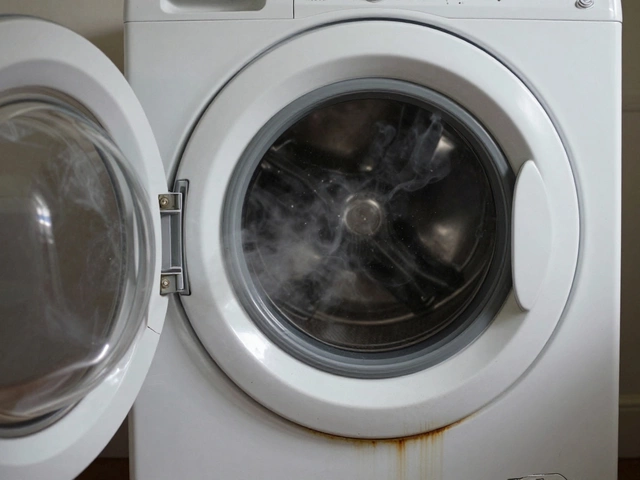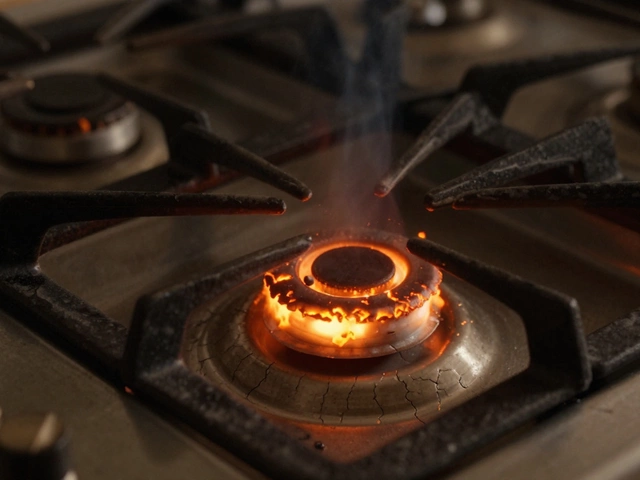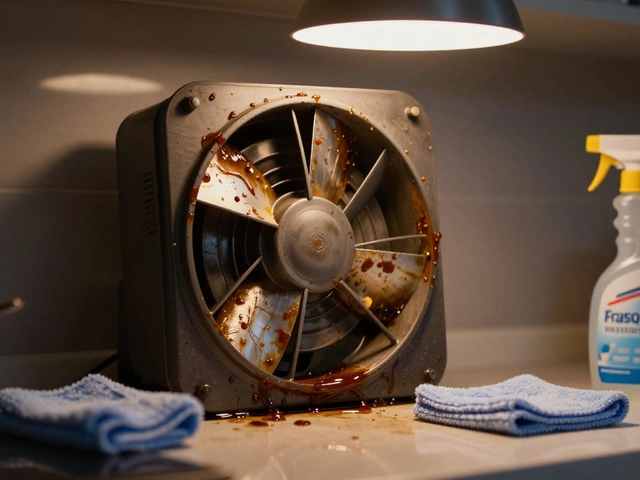Expensive Fridge Fix – What’s Driving the High Cost?
Ever stared at a repair quote and wondered why fixing a fridge can feel like buying a new one? You’re not alone. A few key components – the compressor, sealed system, or electronic control board – can push the price into the hundreds. Understanding what makes a fridge repair expensive helps you decide whether to fix or replace, and how to keep the bill manageable.
Common Reasons a Fridge Repair Breaks the Bank
Compressor failure. The compressor is the heart of your fridge. When it dies, you’re looking at a part that can cost £150‑£300 plus labor. Because it’s sealed inside the refrigerant circuit, a certified tech must evacuate the system, replace the unit, and recharge the refrigerant – a time‑intensive job.
Sealed‑system leaks. A tiny leak in the copper tubing or a cracked evaporator coil means the refrigerant can’t circulate. Detecting and fixing the leak often requires special equipment, and refilling the refrigerant adds hundreds more to the total.
Control board or sensor issues. Modern fridges rely on electronic boards to manage temperature, defrost cycles, and door alarms. When these boards fail, the part itself can run £80‑£200, and replacement usually needs a technician to re‑program the system.
Cooling fan or motor problems. While a fan motor is cheaper than a compressor, a faulty motor can cause overheating, leading to bigger issues down the line. Replacing a fan may seem small, but the labor charge often outweighs the part cost.
All these problems share a common trait: they involve hard‑to‑reach parts or specialized tools. That’s why the labor bill can be steep, sometimes matching the part price.
Smart Ways to Cut the Cost
Get multiple quotes. Don’t settle for the first estimate. Call a few local repair firms, mention the specific symptom (e.g., "fridge not cooling"), and compare both part and labor costs. A quick phone call can reveal a 20‑30% price gap.
Ask about warranty coverage. Some appliances still carry manufacturer warranties beyond the usual 12‑month period, especially if the fridge is less than three years old. A valid warranty can waive part costs entirely.
Consider DIY for simple fixes. If the issue is a dirty condenser coil or a stuck fan blade, you can clean or replace it yourself with a basic tool kit. Cleaning coils once a year often restores cooling efficiency and avoids bigger problems.
Check for refurbished parts. Certified refurbishers sell tested compressors and control boards at a fraction of the new price. Ask your technician if a refurbished part is an option – it can shave £100‑£150 off the bill.
Evaluate the fridge’s age. A seven‑year‑old fridge with a failing compressor might be cheaper to replace than repair. Calculate the repair cost versus the price of a new, energy‑efficient model. New fridges can save on electricity bills, offsetting the upfront expense.
Lastly, keep a record of maintenance – note when you cleaned coils, defrosted the freezer, or replaced water filters. A well‑maintained fridge is less likely to need an expensive emergency fix.
In short, the pricey side of fridge repair usually comes from complex components and labor time. By getting quotes, checking warranties, and doing simple maintenance yourself, you can often avoid the high‑cost scenario and keep your kitchen running smoothly without breaking the bank.
Most Expensive Refrigerator Repairs: What Breaks the Bank?
- Alden Wilder
- Jun 19 2025
- 0 Comments
Facing fridge problems can be tough on your wallet, but some repairs hurt more than others. This article unpacks the most expensive thing to fix on a refrigerator and the reasons behind those steep costs. You'll learn how critical components work, what signs point to a big repair bill, and whether it's worth fixing or just replacing the whole fridge. Real tips help you spot trouble early and maybe save yourself from a wallet-busting headache.
View More


